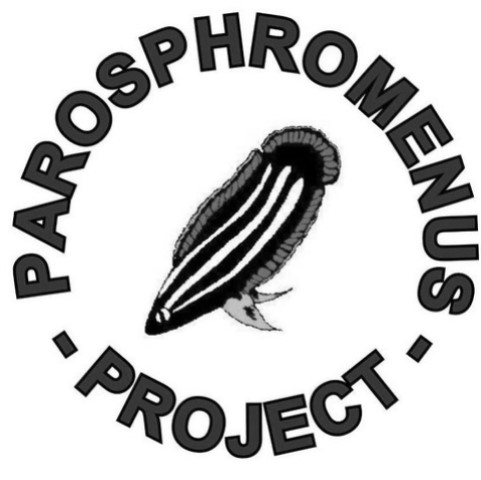Conservation Actions
There are no known conservation actions in place for this species. Research into its population, life history, and threats is needed alongside monitoring of habitat trends and the development of an area-based management plan. Site and habitat protection is also recommended. Public educational programmes should be put in place to raise awareness on the vulnerability of the species due to habitat fragmentation or modification. As there is thought to be only one extant population remaining, ex-situ breeding programmes are highly recommended.
Location Information
The species has been recorded from two localities in swamp forest in the area of Mawai and Desaru in eastern Johor, Peninsular Malaysia (Kottelat & Ng 2005). The population in Desaru is very likely to be extinct due to conversion to oil palm (H.H. Tan pers. comm. 2019).Geographic Range
Extant
Malaysia
Population Information
The current population is thought to be declining due to the loss of a sub population in Desaru due to conversion to oil palm. In recent years, the species has been very occasionally seen in the aquarium trade (B.W. Low pers. obs. 2015).
Threats
Large-scale conversion of peat swamp forests to industrial-scale forestry and monoculture plantations pose a threat to this species (Giam et al. 2012). The population in Desaru is very likely to be extinct due to conversion to oil palm. The remaining population is threatened by extreme modification of the stream to improve drainage (H.H. Tan pers. comm. 2019).
Partners
IUCN Red List Account Link
Please click here to see the species' IUCN Red List Account page.Photo Credits
Ji Yuhan/Parosphromenus Project




